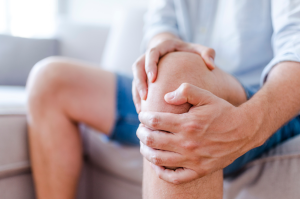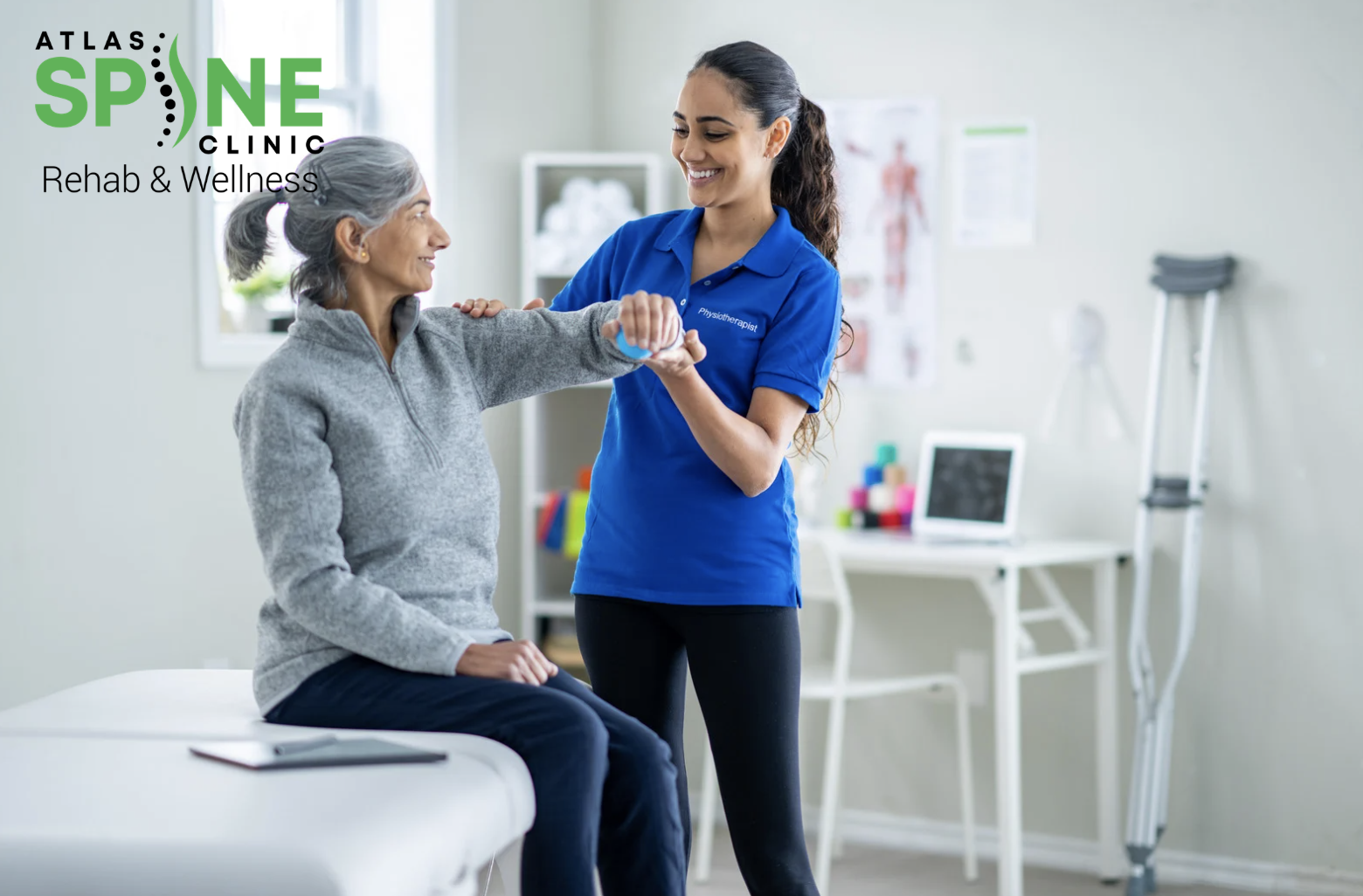Understanding Knee Pain: A Beginner‘s Guide
Squatting, jumping, running, or even taking the stairs are all activities that require your knees to bend repeatedly and take on some pressure. If you’ve ever experienced knee pain, we might have an explanation for you.
Patellofemoral pain, often referred to as “runner’s knee” or “jumper’s knee,” is a common condition that affects people of all ages and activity levels. While it can be frustrating and uncomfortable, it’s essential to know that you’re not alone, and there are ways to manage and alleviate this discomfort. In this beginner’s guide, we will explore what patellofemoral pain is, its causes, symptoms, and some practical tips on how to deal with it.
What is Patellofemoral Pain?
Patellofemoral pain is a condition that involves pain and discomfort in the front of the knee, around the kneecap (patella) and the groove in the thigh bone (femur) where the patella glides when you bend your knee. It typically occurs when the patella does not track smoothly within this area, thereby causing irritation.
What are the symptoms of Patellofemoral Pain?
Symptoms typically vary from person to person, but common signs include:
- Dull, aching pain around or under the kneecap.
- Pain that worsens with activities where your knees are bent repeatedly.
- A sensation of grinding or clicking when bending or straightening the knee.
- Swelling around the knee joint.
- Increased discomfort during prolonged periods of sitting.
In order to effectively address your pain, it’s crucial to delve into its root causes. These underlying factors play a significant role in understanding why this condition occurs and how it can be managed and prevented. Let’s explore some of the primary causes.
What are the causes of Patellofemoral Pain?
- Overuse and Overtraining: Doing repetitive knee-bending activities like running, jumping, or squatting too much can lead to patellofemoral pain.
- Weak or Unbalanced Muscles: When the muscles around your knee, like the quadriceps, hamstrings, and calf muscles, aren’t strong or balanced, it can affect how your kneecap moves.
- Cartilage Degeneration: In some cases, patellofemoral pain can be attributed to the gradual degeneration of cartilage behind the patella. This degeneration can result from factors like overuse, wear and tear, or misalignment of the patella. Individuals with chondromalacia patellae often experience aching pain in the front of the knee, particularly during activities that involve bending the knee, such as squatting or climbing stairs. Management typically involves strengthening exercises, stretching, and occasionally, medical interventions to address the underlying cartilage issues. Consulting a healthcare professional is essential for an accurate diagnosis and tailored treatment plan.
- Injury-Related Patellofemoral Pain: Another significant cause of patellofemoral pain is injury. Trauma to the knee, such as a direct blow or a fall, can damage the structures around the patella, leading to pain and discomfort. This type of patellofemoral pain is often associated with swelling and bruising in the affected area. It’s crucial to seek medical attention if you suspect an injury has caused your knee pain, as proper diagnosis and treatment are essential for recovery. In some cases, rehabilitation and physical therapy may be required to regain strength and function in the knee joint.
Managing patellofemoral pain requires a multifaceted approach that combines rest, targeted exercises, proper footwear, and, when necessary, guidance from healthcare professionals. Patience and consistency are key in achieving relief from this condition, and it’s essential to remember that everyone’s journey to recovery may differ. By taking proactive steps and staying committed to your treatment plan, you can work towards a pain-free and active lifestyle, ultimately regaining control over your knee health. In the next section, we will explore various recommended strategies.
If you suspect you have patellofemoral pain, follow these beginner-friendly steps to manage and ease your discomfort:
- Rest and Ice: Give your knee a break from activities that make the pain worse, and use ice to reduce swelling. Rest is crucial for early recovery.
- Strengthening Exercises: Work on strengthening the muscles around your knee to improve stability and reduce pain. Start with simple exercises and progress as you get more comfortable.
- Stretching: Gentle stretching exercises can enhance flexibility and reduce muscle tension around your knee.
- Proper Footwear: Get quality shoes designed for your specific activity. Good-fitting shoes with proper support can make a big difference.
- Patellar Taping: Some people find relief from patellofemoral pain by using special tape or straps to help realign the kneecap.
- Gradual Return to Activity: As your symptoms improve, slowly reintroduce physical activities into your routine, starting with low-impact exercises.
- Consult a Professional: If pain persists or worsens despite home remedies, seek advice from a healthcare professional or physical therapist. They can offer personalized guidance and recommend additional treatments.
What is the conclusion?
Patellofemoral pain is a common condition that can affect anyone, not just athletes. By understanding its causes, symptoms, and management strategies, you can take steps to alleviate discomfort and prevent future episodes. Remember that patience is key in recovery, and it’s essential to consult a healthcare professional if your symptoms persist or worsen. With the right approach, you can get back to enjoying your favourite activities without the burden of knee pain.









